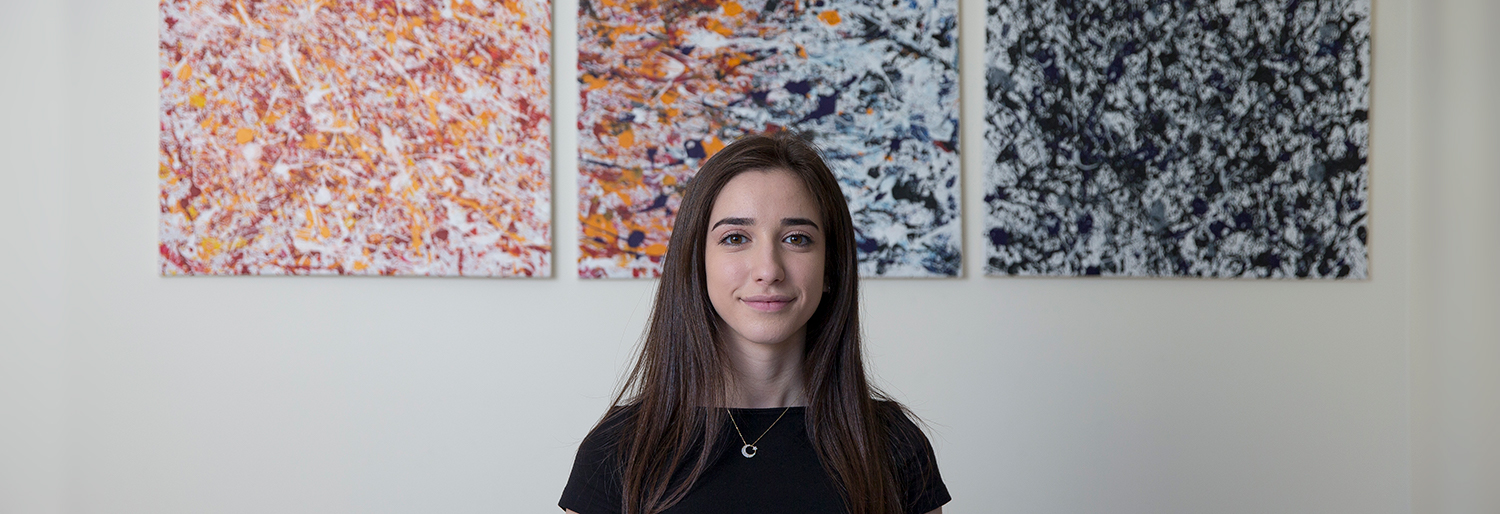Despite their mutual love of the creative arts, these two young women’s experiences of hearing loss could not be more different.
‘Anything to do with the creative arts is my happy place!’ says nineteen-year-old Tallula Bourne, who lives near Byron Bay on the north coast of New South Wales. ‘I love that I can push the boundaries, discovering that I’m constantly getting better and growing stronger with everything I can do.’

Throughout high school, Tallula revelled in drama, dance and music classes as well as photography. She was shortlisted from some 4,000 regional school students for a prestigious Shakespearean theatre company scholarship and has performed in several local cabaret and music festivals as a solo artist and member of an Auslan (Australian Sign Language) sign-singing choir.
Now as part of the Sprung Integrated Dance Theatre – a not-for-profit community organisation providing dance and theatre workshops for people with disabilities – Tallula’s favourite thing to do in the holidays is to dance-busk at her local markets.
For her photography major project, Tallula produced a short film called ‘Silence and Sound’, which told of her hearing loss journey and life at school, to her dance-busking performances today.
‘I wanted to teach how to deal with me [as a deaf person] and to educate the community as well,’ she says.
While she did find her hearing loss isolating at times, Tallula’s experience at school enabled her to have a positive outlook. In contrast, Nese Sirikis (pictured at top of article) found school in Sydney’s western suburbs particularly difficult. Bullies started to chip away at her confidence and as she got older, the constant onslaught made her very unhappy and anxious.
‘The girls used to pick on me because I was different. I felt really excluded and lonely,’ says the teen who was first implanted at age two and then at age five.
Nese has also used her creative talents to tell her story, becoming a dedicated art student in her senior high school years.
‘I made three pieces about Cochlear to educate my class about my experiences with implants and what it’s like to be deaf,’ says Nese. Inspired by American abstract expressionist Jackson Pollock, she decided to use art to share the good and the bad of her hearing loss odyssey.
A stunning triptych describes the sounds she hears. The first panel, titled Explosion, shows sound as soft and loud when she is wearing both processors. To portray the sounds, she has used a colour scheme of red, yellow and white.
The middle panel, titled Halfway, is colour on one side and black and white on the other, which captures the silence on one side when wearing just one processor.
The final monotonal panel, titled Silence, conveys a world without sound using the colour scheme of black, blue and grey.
A second painting, a self-portrait, is particularly touching. Nese has painted herself in profile, wearing her former Cochlear™ Nucleus® 6 Sound Processor, against a marble background representing depression. A yellow heartbeat line represents her anxiety.
‘That was my way of portraying my experience of bullying,’ Nese explains.
Using sculpture, Nese also meticulously recreated all her cochlear processors, from the original Nucleus 24 to her current Kanso® Sound Processors, which she received last year.
Exposing her emotional experiences through her artworks has increased Nese’s confidence and comfort in her own skin: ‘It has made me a unique person rather than an ordinary girl’.
Likewise, in her short film, Tallula says ‘I live in silence and in sound, and my life is all the more richer and fuller for it’.




